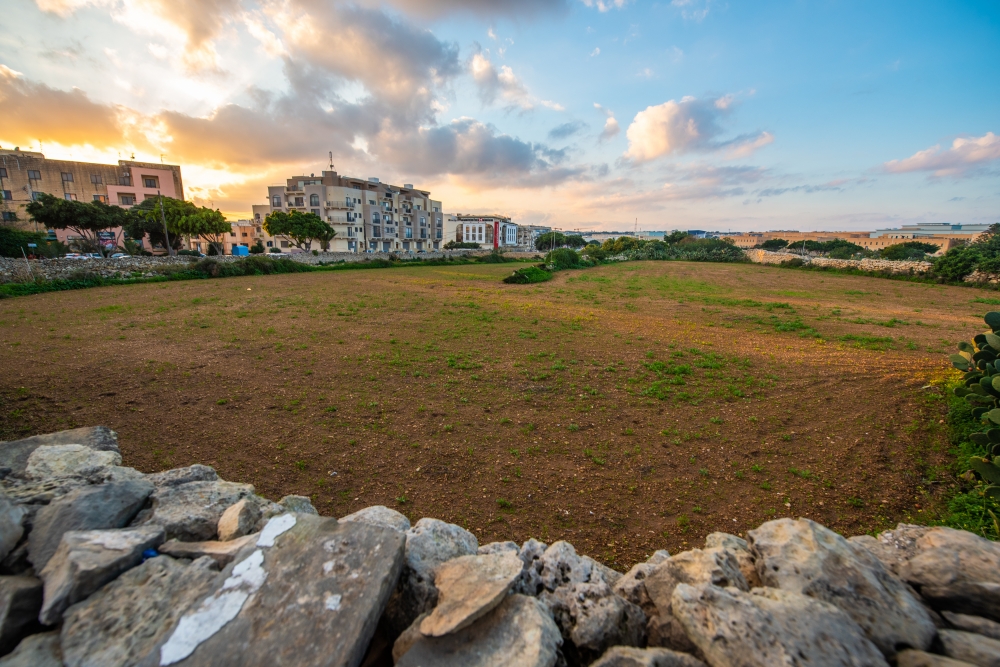Worsening soil erosion threatens agriculture as Malta loses more rubble walls
61 square kilometres - 19.3% of the total national land area - are at risk of moderate to severe soil erosion

Current soil erosion trends will lose Malta 1.53 square kilometres of land – or the equivalent of 191 football grounds – unless this is reversed within 50 years’ time.
This emerges from the State of the Environment Report issued by the Environment and Resources Authority earlier this week which assesses the state of the country’s environment in the years between 2008 and 2015.
Over 100 years, the amount of soil cover lost could rise to 4.9 sq.km, or 613 football grounds’ worth. And if current trends continue over the next 500 years, the loss would amount to 35.28 sq.m – 11.2 % of the total area of Malta and Gozo.
It is estimated that Malta loses up to 766,278 cubic metres of soil every year.
The national cost for replacing eroded soil in agricultural areas is €7.98 million each year, or on average €1,164 for each farmer. Since the average yearly economic revenue from agriculture amounts to just €1,719.65, agricultural landowners tend to consider the price tied to replacing eroded soils in areas subject to soil erosion too high in relation to economic revenue.
Official statistics quoted in the ERA report indicate that 61.01 sq.km or 19.3% of the total national land area, are at risk of moderate to severe soil erosion.
Erosion is particularly a problem in the Malta’s north-western region and in Gozo. While erosion is low on plateau areas which are less exposed to wind, steeply inclined areas suffer from higher rates on erosion.
The problem is compounded by the loss of rubble walls. The Maltese National Survey carried out in 2013 concluded that the majority of agricultural terraces on inclined surfaces are disused and retaining rubble walls are being left in a derelict state.
Retaining rubble walls is considered as a key soil erosion control method in these areas. These areas are also characterised by land fragmentation which further constrains farming income. Agricultural practices like removing all vegetation cover before the land is deep-ploughed in anticipation of the first torrential September rains, aggravate erosion. Erosion can in fact be reduced by retaining vegetation between ploughed areas.
The ERA study also reveals that 59% of the locations assessed in 2013, had a greater soil bulk density than in 2003: that could indicate soil compaction, which also decreases porosity for rainwater, and may lead to lower crop yields and reduced vegetative cover that protects soil from erosion.
Great loss of green areas after 2014
The report was not in a position to assess the impact of new planning policies on agricultural land, as ERA’s analysis covers the period between 2008 and 2015.
Statistics covering the number of permits approved between 2008 and 2014 show an increasing preference for development of degraded brownfield sites instead of green areas.
But 2015 figures show a possible slowing down or reversal of this trend.
The 2008-2012 decline in the number of dwelling units approved ODZ was also reversed between 2013 and 2015.






















